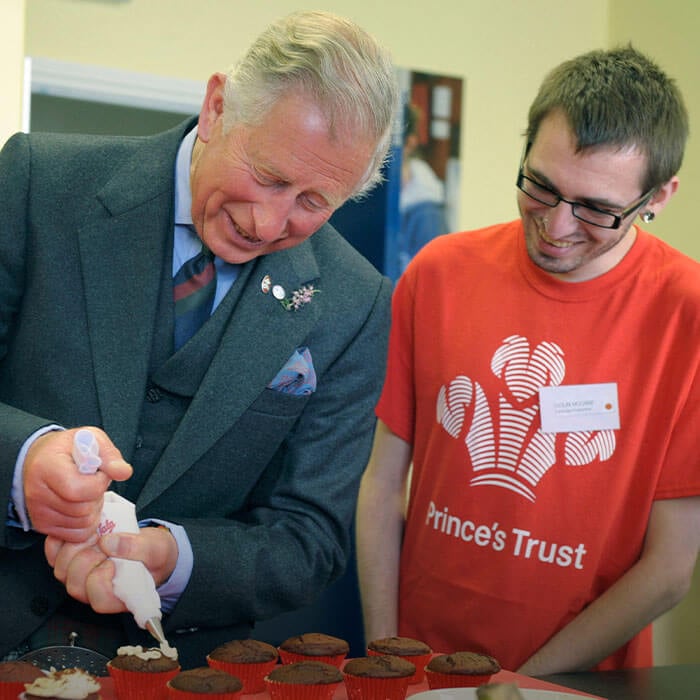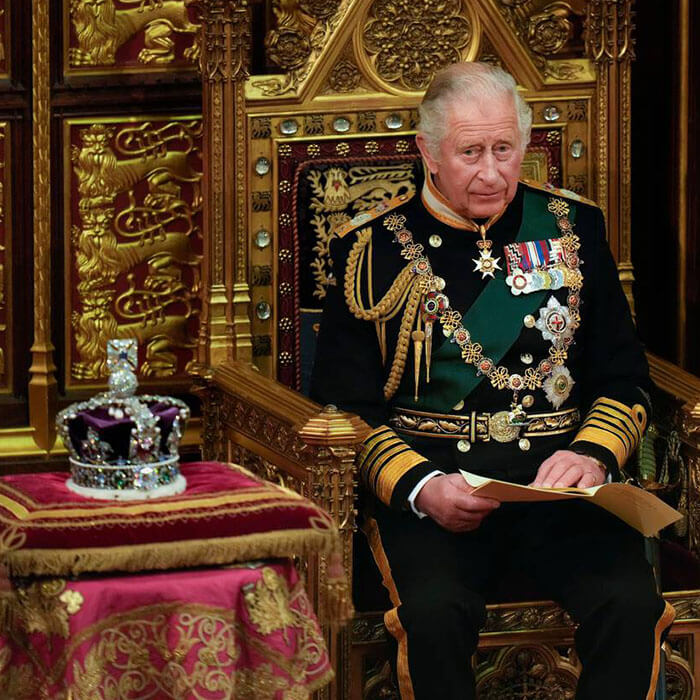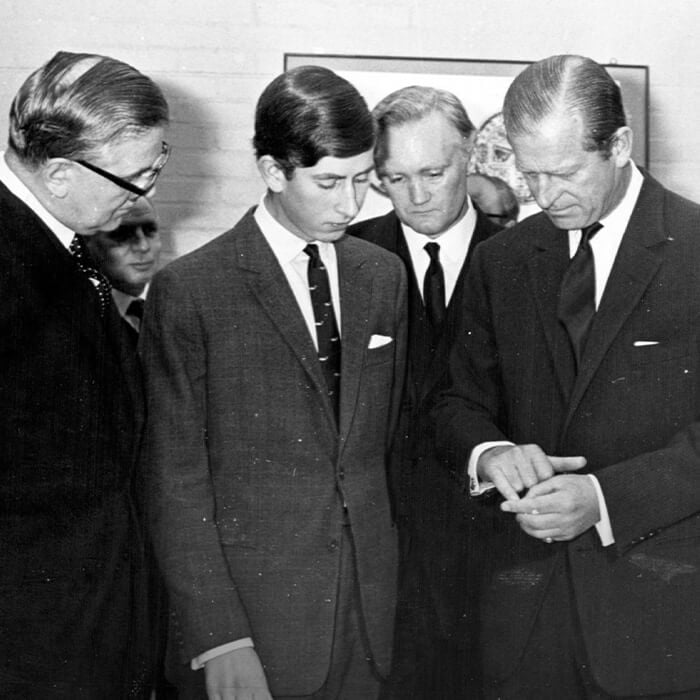For the various monarchs who have reigned throughout British history, their coronations, adorned with pomp and pageantry, have marked the culmination of their individual journeys to the throne. A symbolic occasion signalling the official crowning of a new king or queen, coronations have been a fundamental part of the British monarchy for more than a thousand years.
Whilst the tradition of coronations was once widespread across Europe, the United Kingdom is currently the only European country that still practises this rite of passage. Instead, many countries have opted to replace the high-profile festivities of a regal coronation with a more low-key inauguration ceremony. Nevertheless, as the UK prepares for the coronation of His Majesty King Charles III, its first coronation ceremony in 70 years, the coronation tradition is alive and well.

Steeped in history, a coronation is a ceremony associated with a wide range of storied traditions. Since 1066, and the coronation of William the Conqueror on Christmas Day that year, Westminster Abbey has been the home of British coronations. The coronation followed the former Duke of Normandy’s infamous victory over King Harold on the battlefield just two months before, when he became the first Norman to reign over England.
Despite many considering William I to have been the first monarch to have a coronation at Westminster Abbey, some historians believe that the coronation of his predecessor, Harold II, also took place at the Abbey, following the passing of Edward the Confessor. However, there is no surviving evidence to support this claim, leaving it open to speculation. Prior to the Abbey becoming the designated home for such ceremonies, coronations typically took place at locations deemed the most convenient at the time, such as Bath, Oxford and Canterbury.
Following 1066, a handful of coronations did take place outside of Westminster Abbey, with a notable example being the original coronation of Henry III. In 1216, rebels controlled London amidst the fallout of the First Barons’ War so the coronation of Henry III took place at St Peter’s Abbey in Gloucester (now known as Gloucester Cathedral). Henry III subsequently had a second coronation in Westminster in 1220, once such an event was feasible, and it was a ceremony that played a pivotal part in Westminster Abbey’s role as a coronation site. Later in the king’s reign, the Abbey was rebuilt in the Gothic style we see today, complete with grandiose space for regal events befitting the venue. The site has served as the location of every coronation since the reign of Henry III, with each ceremony typically presided over by the serving Archbishop of Canterbury.

Since its first use as a coronation venue, Westminster Abbey has held 38 coronations, with Mary I, who acceded to the throne in 1553, being the first queen crowned in its hallowed halls. On 6 May 2023, the coronation of Their Majesties King Charles III and The Queen Consort will be only the second coronation in British history to be broadcast live on television.
In 1937, prior to the advent of widespread television ownership, the coronation of George VI was the first ceremony of its kind broadcast live on the radio. Facilitated by the BBC, 28 microphones were set up at various locations around the Abbey to capture the audio of the event, allowing the world to listen in on this exclusive ceremony in unprecedented fashion.
Whilst the event itself was not televised, video of the occasion does exist in addition to the soundtrack. In an era before television news, cinemagoers enjoyed the footage in newsreel form, which is still available to view today via British Pathé, after the fact. Meanwhile, broadcast on the newly launched BBC Television Service that had been introduced just six months before, the coronation procession was a pivotal moment in television history that many consider Britain’s first major outside broadcast.
When Her Late Majesty Queen Elizabeth II acceded to the throne just 15 years later, television technology had advanced dramatically. This meant that the United Kingdom could watch the ceremony live on TV, making it the first full broadcast of a British coronation ceremony. Whilst then–Prime Minister Winston Churchill had allegedly been against the idea, Queen Elizabeth II herself allowed it, making history in the process. An estimated 27 million Brits watched the event unfold on their TV sets, whilst the event was also broadcast live across Europe – another first. Footage was also sent over to America and Canada by aeroplane so that other areas of the world could watch this historic occasion. During the coronation, 8,251 guests attended the ceremony, representing 129 nations and territories.

Due to the television broadcast, the public was able to see the various stages of a coronation ceremony for the first time. Hundreds of years old in their own right, these historic traditions date back to the earliest coronations and involve six stages: the recognition, the oath, the anointing, the investiture, the enthroning and the homage.
Known as the recognition, the monarch is introduced to the congregation before they swear to uphold the law and the Church of England. Next comes the anointing, which involves the new sovereign sitting on the Coronation Chair and the Archbishop of Canterbury anointing the monarch with holy oil. Traditionally one of the more exclusive and private parts of the ceremony, the monarch is typically concealed from view for this stage of the ceremony.
The sovereign is then presented with regal items, such as the Royal Orb and Sceptre, before the crown is placed upon the monarch’s head; this is known as the investiture. Next, the crowned monarch leaves the Coronation Chair and takes their rightful place on the throne, before the peerage pays homage to the newly crowned sovereign, completing the ceremonial steps before the closing procession.
In line with tradition, the coronation of His Majesty King Charles III will take place at Westminster Abbey and likely involve many of the coronation traditions that have gone before. However, many expect the event itself to be a more scaled back affair than previous coronations and His Majesty The King has expressed his desire for the ceremony to reflect modern Britain, both of which will likely be evident in its duration.
Whilst the specifics of King Charles III’s coronation remain a closely guarded secret, the occasion is one that will no doubt capture the imagination of the British public as well as those interested in royalty around the world. Marked with a bank holiday in the UK, this historic event is set to bring families and friends together in celebration.







